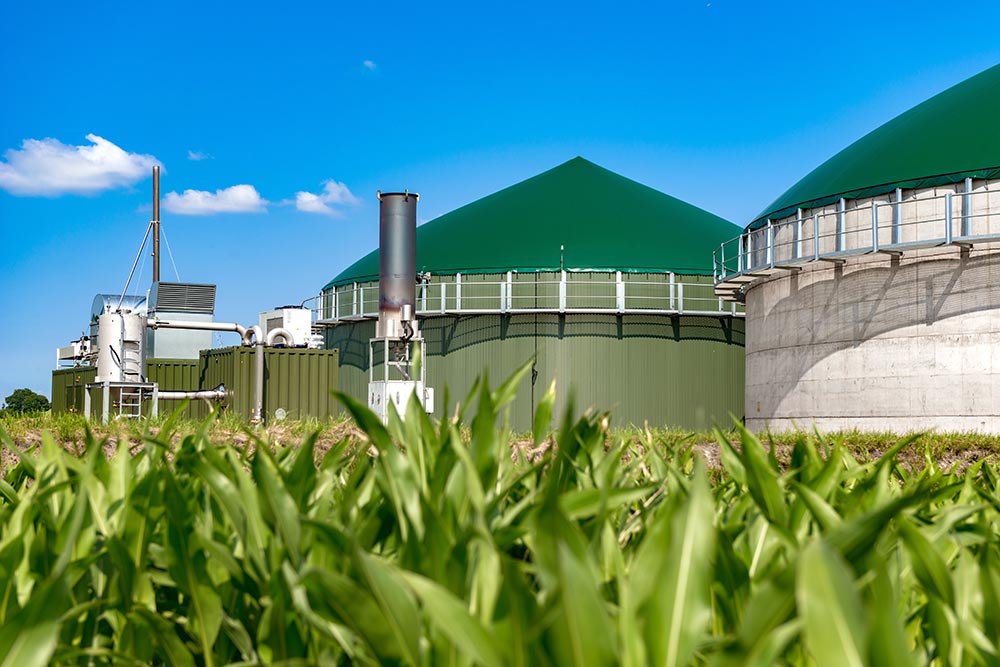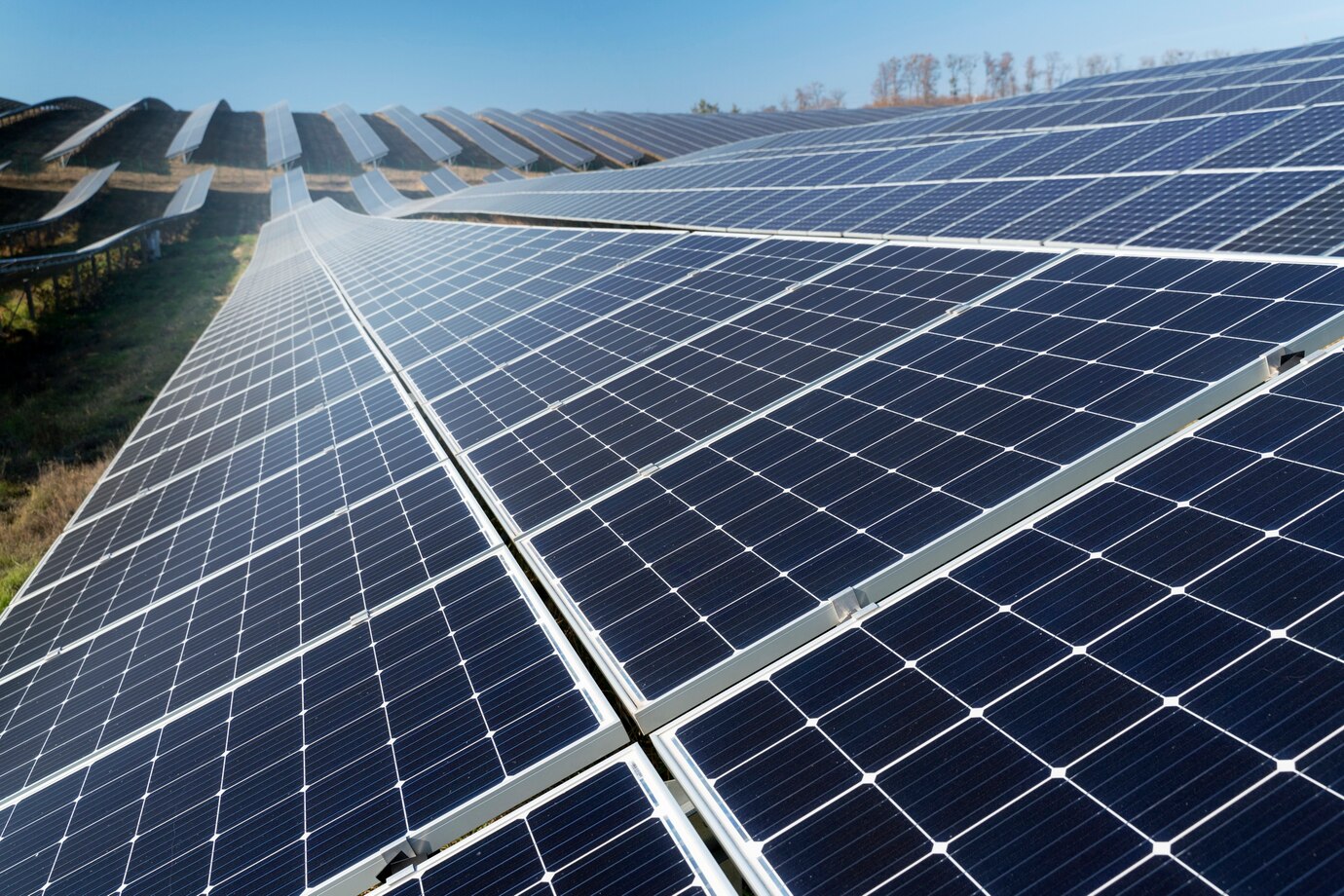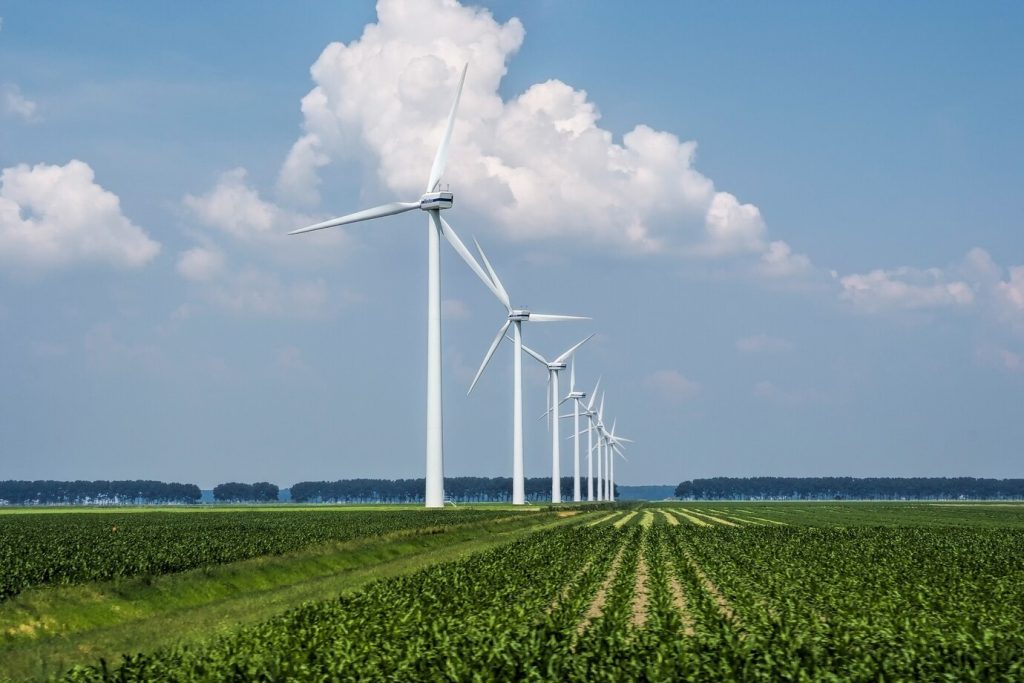Hydrogen
CONSTRUCTION, OPERATION AND MAINTENANCE OF HYDROGEN PLANTS
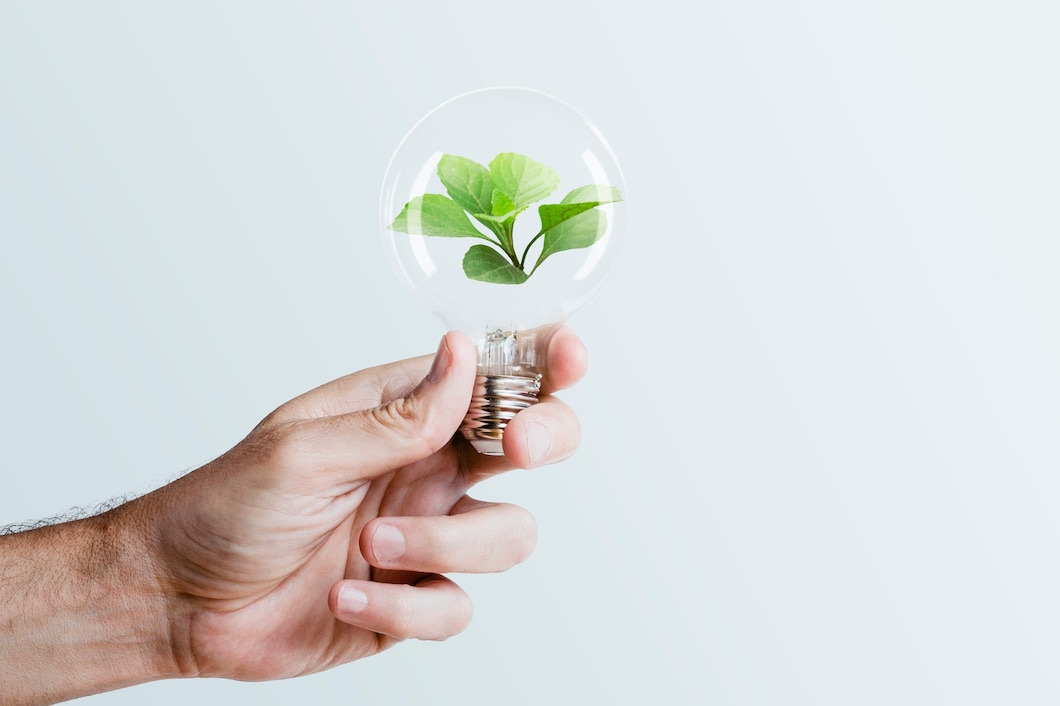
The road to renewable and sustainable energy
Green hydrogen is a key driving force in the transition to a cleaner and more sustainable energy matrix.
At Verxo we are committed to providing green hydrogen solutions that not only reduce carbon emissions, but also open the door to renewable and sustainable energy for a variety of applications.
Our green hydrogen services include the production, storage and distribution of hydrogen generated from clean sources, such as electrolysis powered by renewable energy.
We are leading the way to a greener and more vibrant future.
What is Hydrogen?
Hydrogen (H2) is a colourless, odourless and highly flammable gas. It is found in a variety of sources, from fossil fuels to water and biomass. What makes it attractive is its ability to be used as a clean energy source when sourced sustainably.
How is hydrogen obtained?
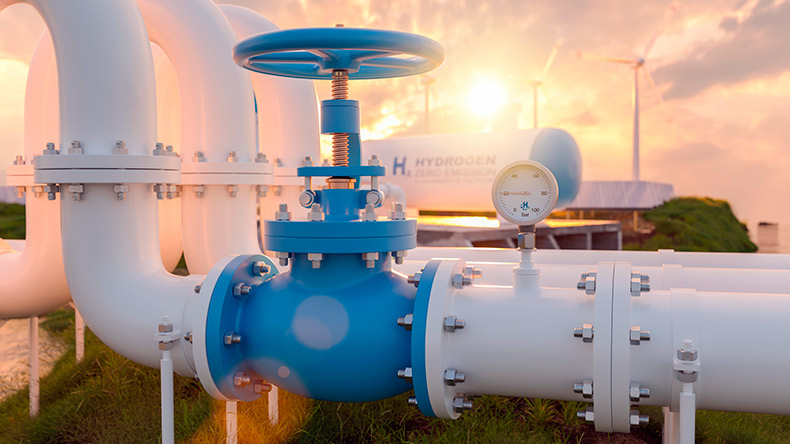
There are several ways to obtain hydrogen, and one of the most promising methods is the electrolysis of water. In this process, electricity is used to split water (H2O) into hydrogen (H2) and oxygen (O2).
When electricity is generated from renewable sources, such as solar or wind power, the hydrogen produced is considered “green” and is a fully sustainable energy source.
Types of hydrogen plants
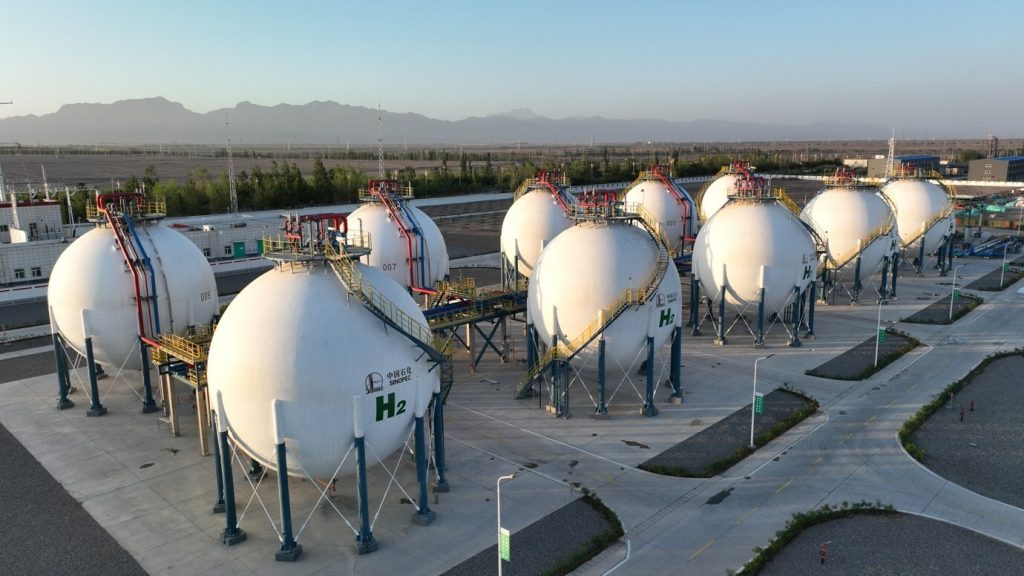
Hydrogen plants are facilities designed to efficiently produce, store and distribute hydrogen.
Some types of hydrogen plants include:
Electrolysis plants
These installations use the electrolysis of water to produce "green" hydrogen. They are essential for the production of renewable hydrogen.
Natural Gas Reforming Plants
Natural gas reforming is a technique that converts methane into hydrogen and carbon dioxide. Although it is not a renewable source of hydrogen, it is widely used in industry.
Biomass Pyrolysis Plants
The biomass undergoes pyrolysis, a process that breaks down organic materials into hydrogen and other products. These plants produce hydrogen from sustainable biomass sources.
Advantages of Hydrogen

Zero Carbon Emissions
When sourced sustainably, hydrogen is a zero-carbon energy source, helping to combat climate change.

Efficient storage and transport
Hydrogen is an excellent form of long-term energy storage and can be transported efficiently, making it versatile for use in a variety of applications.

Flexibility in implementation
Hydrogen can be used in a wide range of applications, from power generation and sustainable mobility to industry and heating.
Uses of Hydrogen
Sustainable mobility
Hydrogen is used as a fuel in fuel cell vehicles, enabling sustainable mobility and fast refuelling.
Clean energy generation
It is burned in turbines or fuel cells to generate electricity cleanly and efficiently.
Chemical industry and processes
Hydrogen is used in industry for chemical processes, such as ammonia production and oil refining.
Energy storage
It is burned in engines or turbines to generate electricity and heat in industrial and cogeneration applications.
Residential and industrial heating
It is used to provide heating in homes and industrial applications.
Hydrogen, a versatile energy source
Hydrogen is a versatile and sustainable energy source that has the potential to revolutionise the way we generate and use energy.
When produced sustainably, hydrogen can play a key role in the transition to a cleaner and more sustainable future.
Its flexibility and applicability in various industries make it a promising option in the fight against climate change and the search for sustainable energy solutions.
Other energy sources
